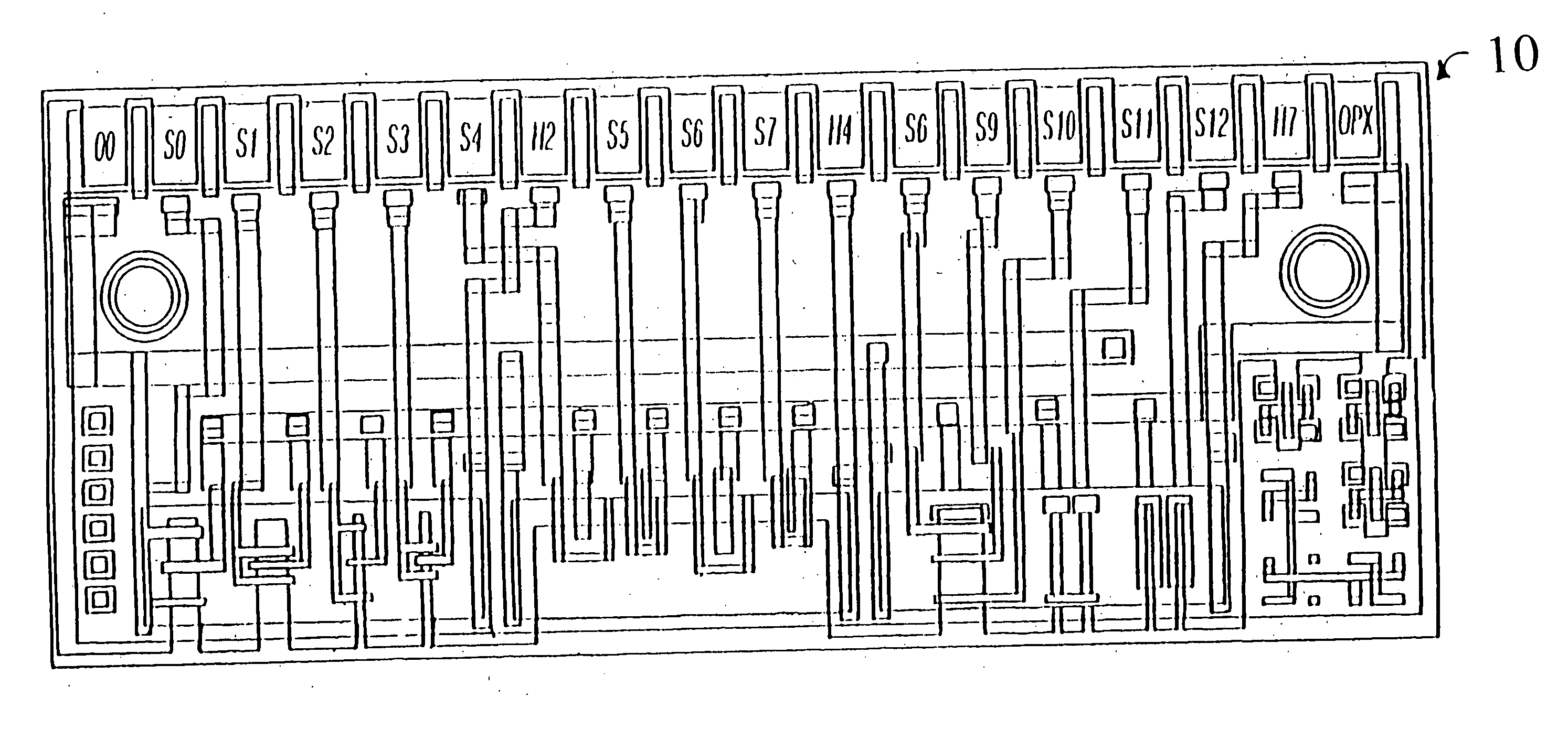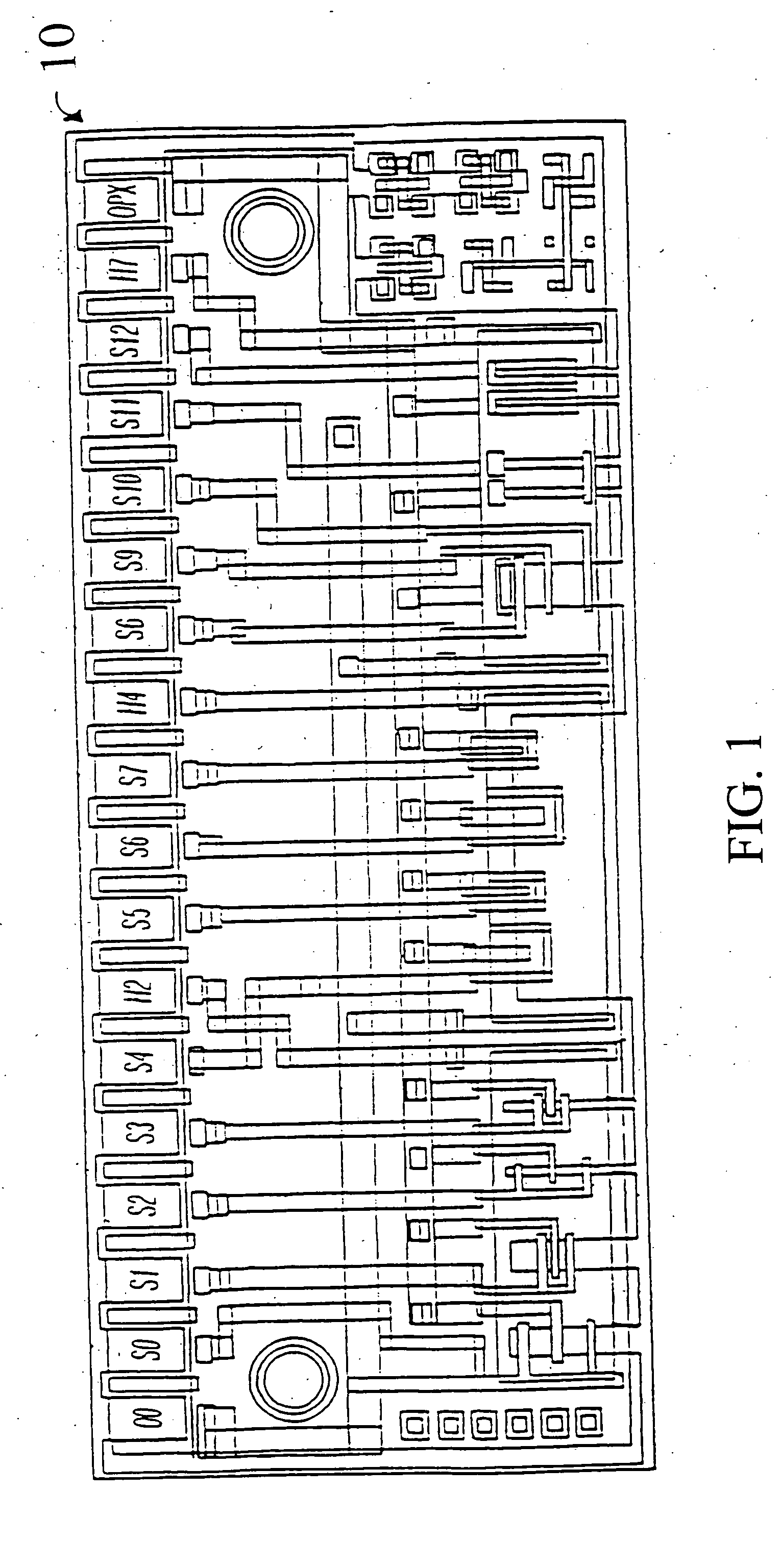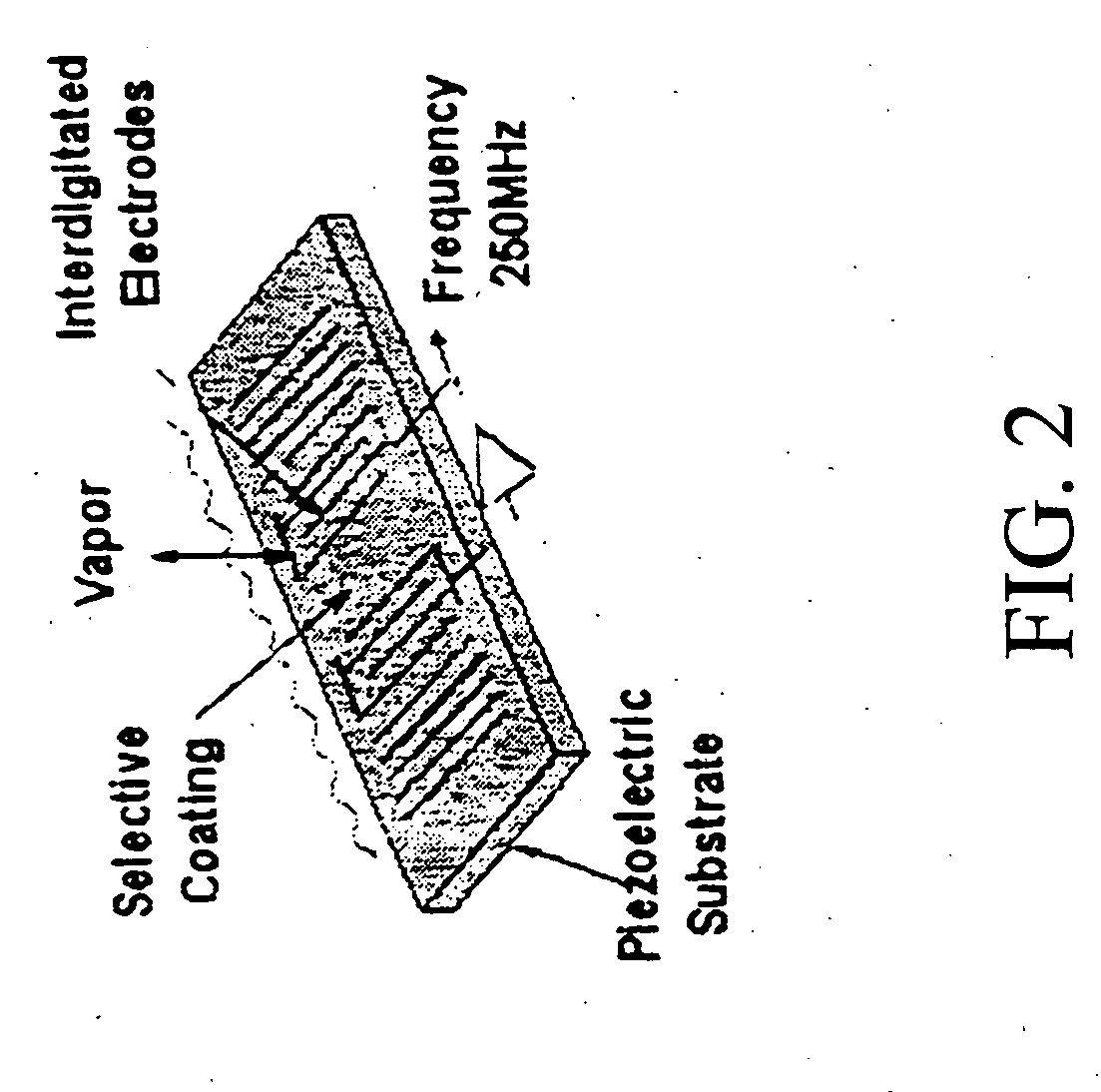Method and apparatus for detecting humans and human remains
a human and human body technology, applied in the field of human detection, can solve the problems of inefficient, labor-intensive, time-consuming, and inconvenient detection of human or human remains, and achieve the effects of simple and efficient system, rapid detection of human or human remains, and low cos
- Summary
- Abstract
- Description
- Claims
- Application Information
AI Technical Summary
Benefits of technology
Problems solved by technology
Method used
Image
Examples
example 1
Detection of a Human Entrapped in Rubble
[0076] As contemplated herein, an electronic sensor device for detecting humans has an appearance and functionality similar to a metal detector, wherein the device is capable of being placed in close proximity to the ground or inside a rubble pile and contains a means for collecting ambient air. The device further includes a microprocessor, an alarm, and at least one SAW sensor coated with an aptamer specific for detectable compounds released by humans.
[0077] Specifically, the ambient air enters the device of the invention and is directed over a SAW sensor coated with an aptamer specific for androstenone, a component of sweat. In the presence of androstenone, there is a frequency shift in the SAW sensor due to the mass load of the androstenone adsorbed to the aptamer. The frequency shift is detected by the microprocessor in the device, which sounds the alarm to signal to the operator that the compound is detected.
[0078] In one embodiment, t...
example 2
Detection of Human Remains Buried Below the Surface of the Earth
[0079] As the human body decomposes under ground, a number of compounds are released, including cadaverine and putrescine, which slowly diffuse through the soil to the surface. In accordance with the present invention, an electronic sensor device similar in form to a metal detector is provided, wherein the device contains a sensor array with a variety of polymer coatings sensitive to compounds released by human remains. Further, the device has a microprocessor with includes at least one neural network that can recognize the “fingerprint” of target compound, i.e., cadaverine and / or putrescine.
[0080] In a method of use, a sensor device comprising (a) a sensor array with a variety of polymer coatings sensitive to cadaverine and / or putrescine; (b) a microprocessor including at least one neural network; and (c) an alarm, is provided, wherein the sensor device is passed in a grid pattern over the area where a body is suspec...
PUM
| Property | Measurement | Unit |
|---|---|---|
| thickness | aaaaa | aaaaa |
| thickness | aaaaa | aaaaa |
| concentration | aaaaa | aaaaa |
Abstract
Description
Claims
Application Information
 Login to View More
Login to View More - R&D
- Intellectual Property
- Life Sciences
- Materials
- Tech Scout
- Unparalleled Data Quality
- Higher Quality Content
- 60% Fewer Hallucinations
Browse by: Latest US Patents, China's latest patents, Technical Efficacy Thesaurus, Application Domain, Technology Topic, Popular Technical Reports.
© 2025 PatSnap. All rights reserved.Legal|Privacy policy|Modern Slavery Act Transparency Statement|Sitemap|About US| Contact US: help@patsnap.com



